High up in the mountains it’s named for, Rocky Mountain National Park has a little bit of everything. From montane forests and meadows to high alpine tundra there is a diverse spread of ecosystems to explore in the park.
Whether you’re looking for a wilderness backpacking experience, or just want to drive the Trail Ridge Road to the top, there is something for everyone of any ability.
Rocky Mountain National Park is only a two-hour drive from Denver and can easily be made a part of your trip to Colorado.
The park elevation ranges from just below 8,000 feet above sea level to a little over 14,000 feet at the top of Longs Peak. If you’re coming from somewhere close to sea level, make sure to give yourself a day to acclimate before testing your limits in the park.
Here are some of the top things to do while visiting Rocky Mountain National Park.
| Table of Contents [Show] |
|---|
Affiliate links may be used in this post. I may receive a small commission at no extra cost to you if you use my affiliate link.
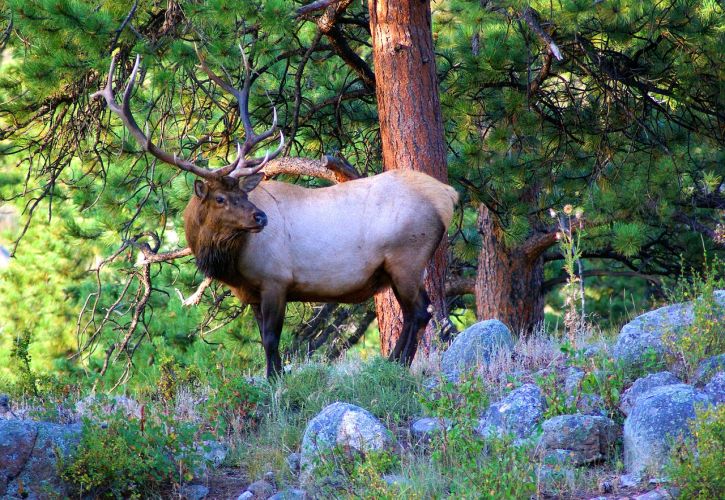
There are plenty of opportunities for wildlife viewing in the park since so much wildlife calls the park home. Different ecosystems throughout the park from high alpine tundra to montane meadows can support a variety of species.
Stop by Poudre Lake at Milner Pass for excellent bird watching. Many other different species come here to use the lake, such as moose and elk. In large rock piles or talus fields, you may find a pika. Listen for the pika first; it’s easy to find them once they’ve made themselves heard with their loud chatter.
If you come to the park in the fall, you’ll see a lot of elk moving through lower elevations in the park. Elk rut in the fall and can be heard bugling and fighting over mates in the early morning and around dusk. When the elk rut, they are easy to find as they hang out in the valleys of the park around the campgrounds making a lot of noise.
Address: Rocky Mountain National Park, CO
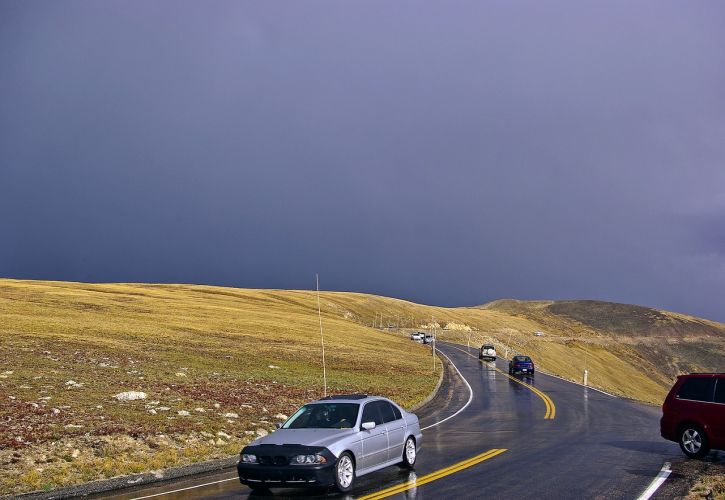
Inevitably, if you’re visiting Rocky Mountain National Park, you should at least drive to the top of Trail Ridge Road no matter which side you start on.
The top of Trail Ridge Road takes you to 12,183 feet above sea level and is the highest paved through road in Colorado.
If your time in the park is limited, try to at least drive the road across the park as the road passes through many different ecosystems and offers stunning views of the surrounding Rocky Mountains.
Keep in mind that due to the high elevation of the pass, Trail Ridge Road is not open during the winter.
Address: Rocky Mountain National Park, CO
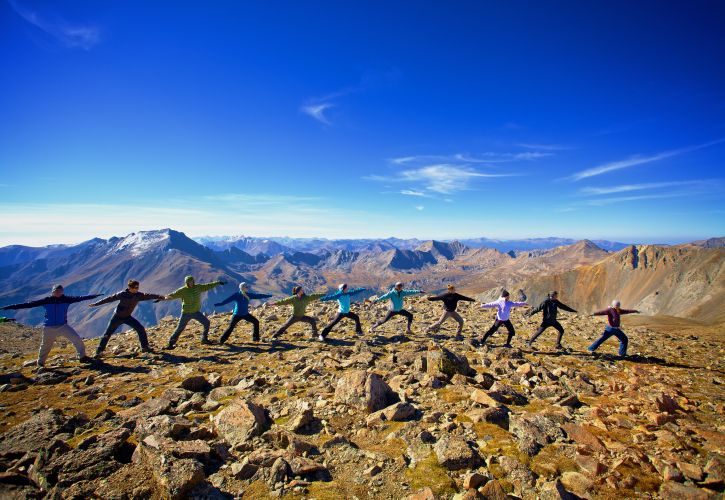
Rocky Mountain National Park encompasses over 350 miles of trails, so there is no shortage of hiking to be had.
There are numerous trails at lower elevations near the park entrances. Lower elevation trails are a great place to start for those who are not acclimated yet. Stop by any of the visitor centers for recommendations on trails.
More wildlife tends to be active in the early morning and late afternoon and trails also tend to be less crowded during those times as well. If you’re hoping to see more wildlife or avoid the crowds its best to go early or late in the day.
Address: Rocky Mountain National Park, CO
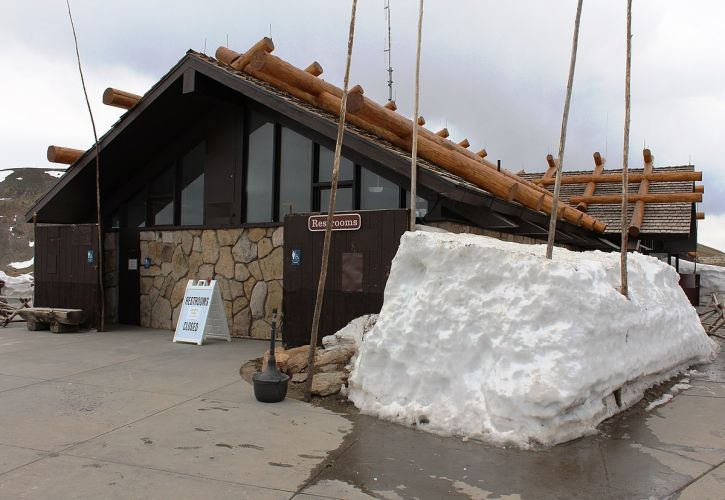
Learn about the variety of ecosystems Rocky Mountain National Park is home to in the Alpine Visitor Center. On display in the visitor center are exhibits and dioramas of what to expect to see as you drive through the park.
Different ecosystems are possible at different elevations and vary between the east and west side of the park. As you drive between the east and west sides of the park, take notice that at the same elevation, ecosystems differ based on the east or west side of the park.
The Alpine Visitor Center explains how each different ecosystem is home to various species and what makes that possible.
Address: Rocky Mountain National Park, CO
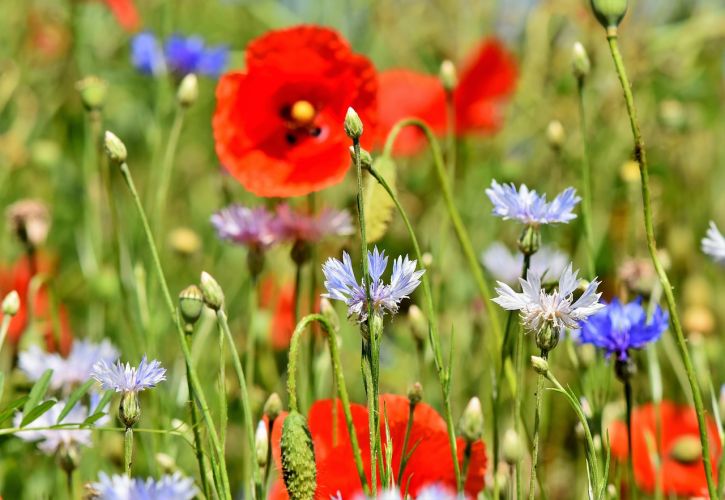
As winter snows melt, wildflowers start to bloom. At lower elevations, meadows of wildflowers begin to bloom first. Meadows receive plenty of water from snowmelt runoff from the high peaks above.
Once the 8,000 ft elevation line melts off, meadows full of wildflowers start to bloom. In the high alpine at the top of Trail Ridge Road, the snow stays around much longer. Wildflowers bloom as late as July some summers due to deep snowpacks.
The Tundra communities trail along the top of Trail Ridge Road is a great place to experience what life in the tundra is like.
Address: Rocky Mountain National Park, CO

Rocky Mountain National Park is open throughout the winter with designated trails open to snowshoeing and cross-country skiing.
You won’t be able to get across Trail Ridge Road in the winter, but snowshoeing and cross-country skiing are fun activities to do at lower elevations.
The park does not rent snowshoes or cross-country skis, so you will have to bring your own or rent from shops in the surrounding community.
From January to March, Rocky Mountain offers free ranger-led snowshoe tours on weekends. Snowshoeing or cross-country skiing in winter is a great way to experience the park in the winter.
Address: Rocky Mountain National Park, CO
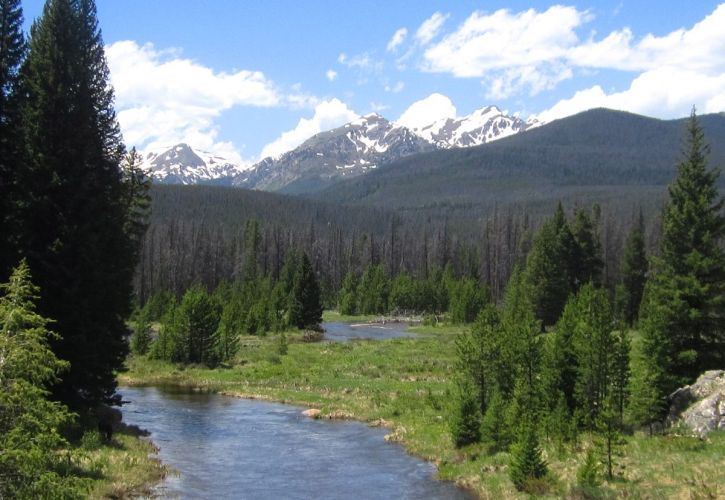
The Colorado River is a mighty river that carved out the Grand Canyon and many other canyons along the way. However, in Rocky Mountain National Park the mighty river starts as a small stream coming down from the west side of the continental divide.
After the initial climb, this is a mellow hike that wanders along next to the Colorado River. There is plenty of wildlife to see along the river, including moose, elk, and deer. If you’re lucky, you may spot a pika in and amongst the rocks. This trailhead is also an access point for those wishing to backpack into wilderness areas.
Address: Rocky Mountain National Park, CO
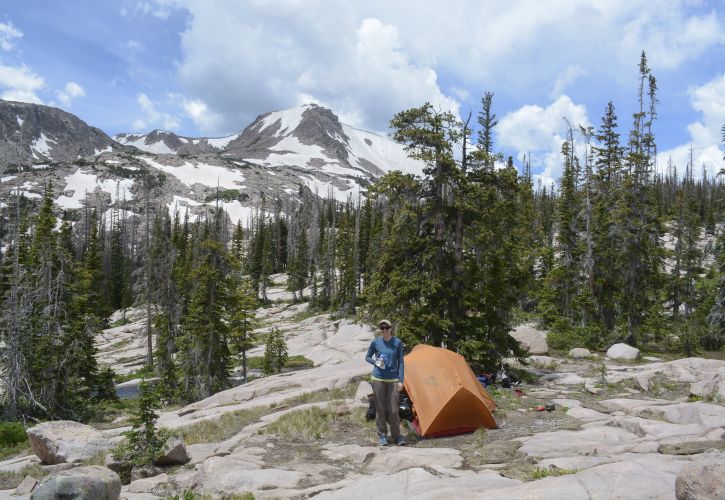
With 350 miles of trails, there are backpacking and wilderness camping opportunities in Rocky Mountain National Park. Backpacking is a way to truly experience Rocky Mountain and what it has to offer without the distractions of crowds.
You do need a permit to backpack in the park, so be sure to get one before heading out. Permit reservation requests can be made online or at either the Beaver Meadows and Kawuneech visitor centers.
When using wilderness areas, it is essential to follow the leave no trace principles. Remember, you choose to use wilderness areas to get away from people, so don’t leave evidence that you were there.
Address: Rocky Mountain National Park, CO
Also Read: Camping essentials: What to Pack for a Camping Trip
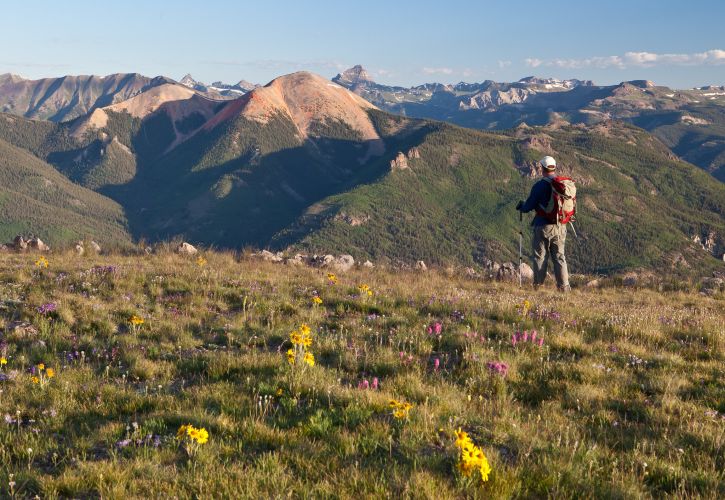
Located west of the Alpine Visitor Center along the Trail Ridge Road is Milner Pass. Milner Pass is where the continental divide passes through the park. Everything east of here will drain into the Atlantic Ocean and everything west into the Pacific Ocean.
Poudre Lake is located just to the east of the continental divide at the pullout. This lake offers excellent wildlife viewing opportunities for birds, including bald eagles and golden eagles, as well as elk and moose.
Address: Rocky Mountain National Park, CO
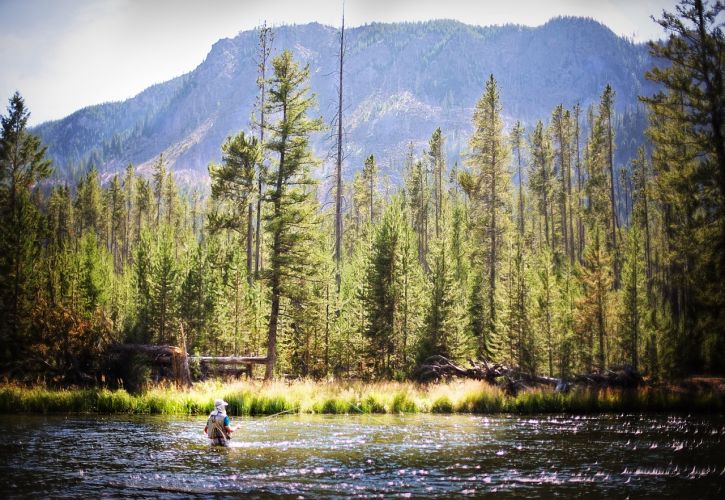
Fishing, especially fly fishing, is something many Coloradans love to do. Rocky Mountain National Park has many small lakes and streams perfect for fly fishing. If you plan to fish in the park, make sure you have a valid Colorado fishermen’s license.
Be sure to follow all rules and regulations on where you can and cannot fish as well as areas you can catch and keep versus catch and release.
Address: Rocky Mountain National Park, CO